There are hundreds of emergency apps in use across Europe, but they can currently only be used locally. In 2018, this should be a cause for alarm, so public safety organisation, EENA, together with Beta 80, Deveryware and the Developers Alliance, is going to do something about it.
At the annual EENA Conference, this year held in Ljubljana, Slovenia, 25-27 April, a new project to launch the deployment of the Pan-European Mobile Emergency Application (PEMEA) architecture was announced.
The issues should be obvious: emergency apps that cannot communicate cross-border cause potentially life-threatening problems and confusion for citizens and emergency services. A pan-European platform that can deliver accurate location and other information to the most appropriate emergency services (Public Safety Answering Point – PSAP) is sorely needed.
What?
The PEMEA architecture will allow emergency apps to interconnect so that a citizen in distress can use any emergency app anywhere across Europe. The PEMEA architecture itself is not new – it has already progressed through ETSI as technical specification TS 103 478, making it a European Standard.
But now the focus is on actual real-world deployments across a range of regions and countries throughout the EU.
Who?
EENA is calling for applications from emergency app providers and emergency services organisations to join the project. In order to be part of the PEMEA network, emergency apps and PSAP service providers need to be compliant with the PEMEA specifications. A set of tests will be performed to ensure this compatibility before the organisation is registered in the PEMEA network.
Different roles will have to be played within the PEMEA network, so EENA wants participants from emergency app providers, PSAPs providers, and interconnection sides. To ensure the success of the project, all above mentioned roles have to be represented, but one organisation can play more than one role.
Participating organisations will also have to agree to share experience with the project team and in the project public reports.
How?
Project participants can develop their own interfaces with the network that will be validated by the PEMEA validators. For organisations that prefer not to develop their own interfaces, they can join the network using Beta 80 or Deveryware PEMEA services as they will also play the role of PEMEA service providers.
In addition to initial location information, depending on the app’s functionalities, the PSAP may be able to obtain updated location information and vital user information, including languages or disabilities that may assist in dispatching first responders with the right skills and equipment to address the situation. Through PEMEA extensions, emergency services will benefit from advanced services such as total conversation.
Project Aims
• In the first year, at least four countries integrated in the PEMEA platform
• Unlimited number of emergency apps connected to the PEMEA network.
• Demonstrate PEMEA capabilities over several countries.
• In the 2nd year, at least eight countries integrated in the PEMEA platform.
Cristina Lumbreras, EENA Technical Director: “It is unbelievable that emergency apps can still only be used in one specific location. This is extremely dangerous, and we are proud to launch this project so that citizens can easily and reliably contact help when in need.”
Luca Bergonzi, Beta 80: “It’s great to be working with EENA, Deveryware and the Developers Alliance for a project that will break the invisible barriers of geographical borders and allow everyone to use familiar apps in case of an emergency situation, anywhere in Europe.”
Bertrand Casse, Deveryware: “Just imagine if a caller with an impairment could use their emergency app anywhere in Europe. It can and should be possible, and we are taking steps to make it happen.”
Michela Palladino, Developers Alliance: “We are proud to join forces with EENA, Beta 80 and Deveryware towards the important goal of ensuring the safety of European citizens. Pan-European access to reliable emergency services applications needs to be guaranteed and PEMEA is a great initiative in this sense.”
Further information:
About Beta80
Beta 80 started its journey in Milan: Italy’s business capital and one of Europe’s most dynamic cities. It has now become a leading company in Emergency Management Solutions worldwide. Today, in Europe, Beta 80 serves over 65 PSAPs and control rooms covering law, EMS, fire, healthcare continuity and civil defence.
About Deveryware
Deveryware’s capacity for innovation, commitment to values of respect for privacy and knowledge of the homeland security market through geolocation services, make the company the trusted partner in safety and security affairs. With the NEXES project (H2020), Deveryware has created a state-of-the-art platform: GHALE powers the services of the PEMEA standard, to deliver 112 app interoperability, facilitate roaming and improve the accessibility to emergency services for citizens experiencing disability or impairment.
About the Developers Alliance
The Developers Alliance is the world’s leading advocate for software developers and the companies invested in their success. Alliance members include industry leaders in consumer, enterprise, industrial, and emerging software development, and a global network of more than 70,000 developers.
About EENA
The European Emergency Number Association (EENA) is a Brussels-based NGO established in 1999. Our strategic mission is to improve the responses made by emergency services. As an NGO, EENA is an independent and impartial organisation, and does not seek to represent the interests of any one organisation, technology or product. Tactically, this manifests itself with the creation of several engagement platforms (conferences, workshops, working groups, web meetings) to bring the supply-side (vendors, manufacturers, integrators) and the demand-side (emergency service organisations, government ministries, regulators, etc) together with a view to discussing legal, technical and operational matters in a thought-leadership and impactful style. EENA has c1500 public safety officials from 80 countries in its network, while 90 vendors and manufacturers make up the supply-side equation.
